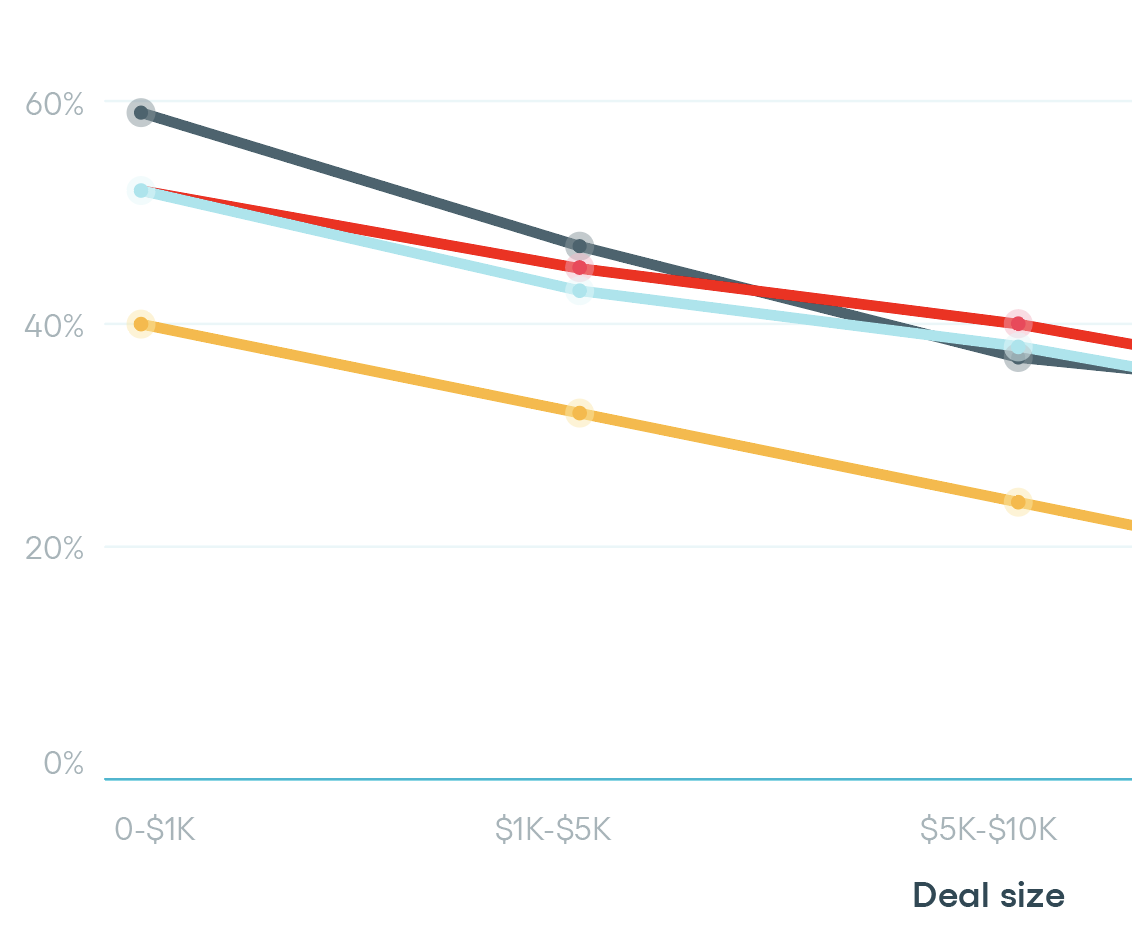REVEALED: What Your Competition Did With Their Proposal to Steal That Last Deal Out From Under You.
As the proposal experts, Proposify has analyzed nearly a million proposals to uncover the data-backed insights you can apply right now to win your very next opportunity.
This isn't theory.
This is insider intel.
Show Me What They're Doing
The Closers. The Crashers. The Deal Dominators.
Our analysis of Proposify's massive database reveals exactly what works now like:
How top performers shorten sales cycles by 37%.
Which proposal sections increase close rates by 4X.
The pricing strategies that consistently win bigger deals.
Why electronic signatures transform conversion rates.
Transform Passed-Over Proposals into Persuasion Powerhouses that Win More Deals, Faster.
Your proposal isn't just paperwork—it's your most powerful sales asset when you're not in the room.
Show Me How to Win
